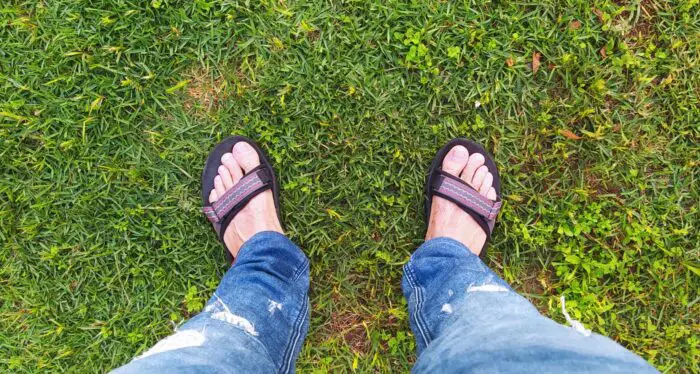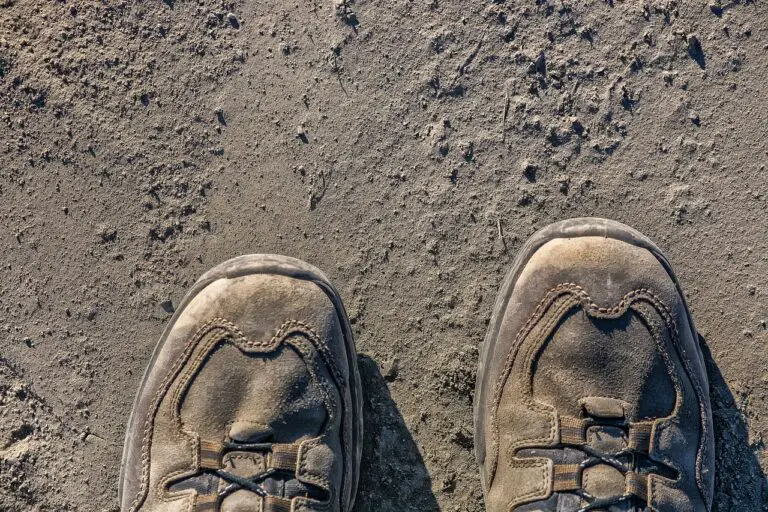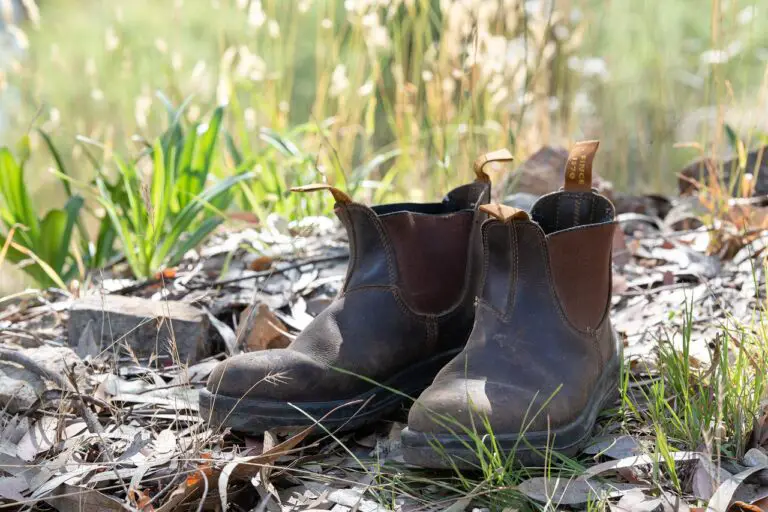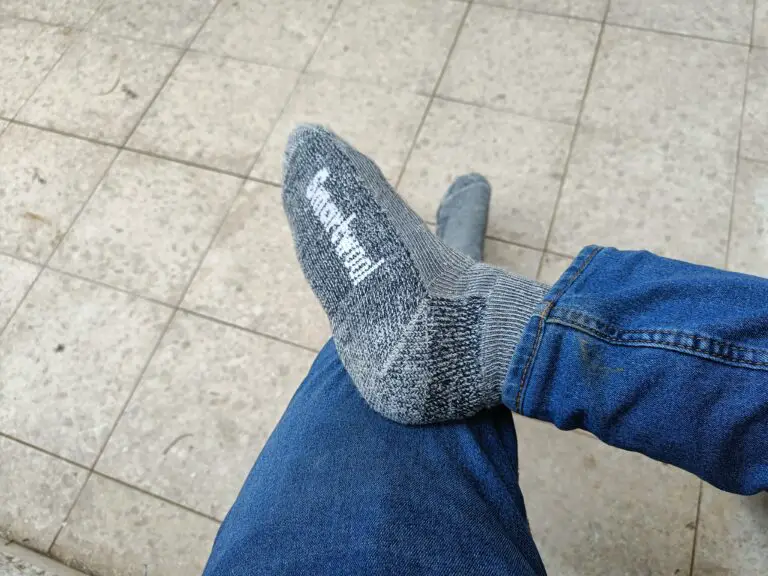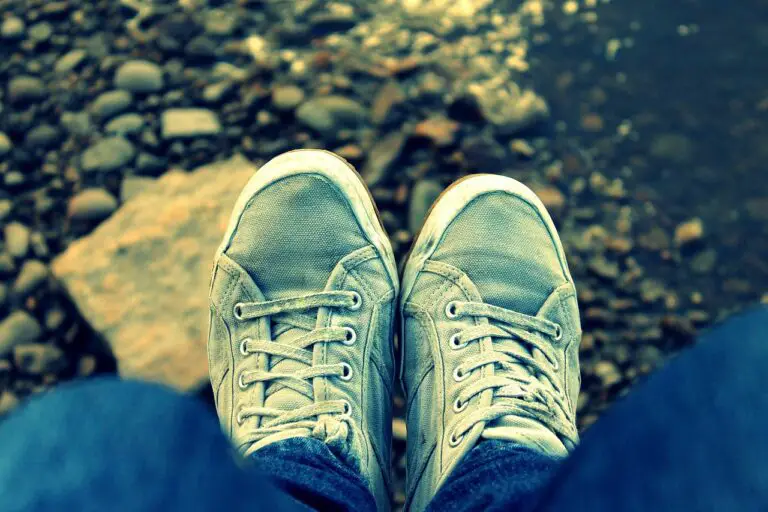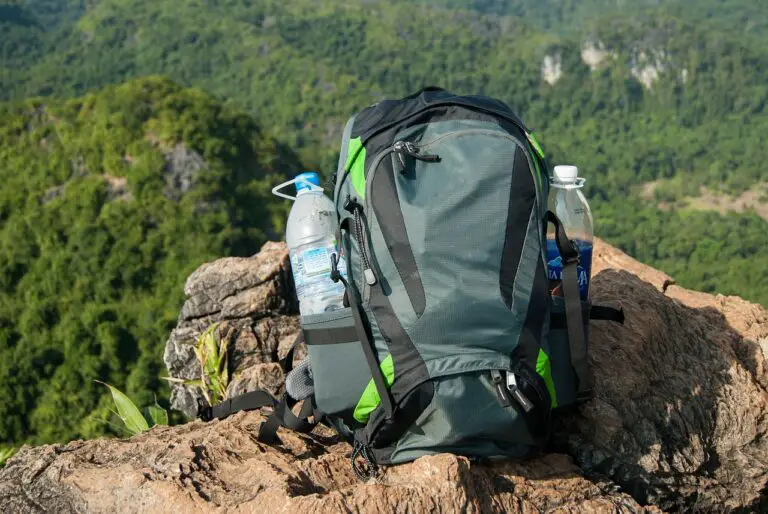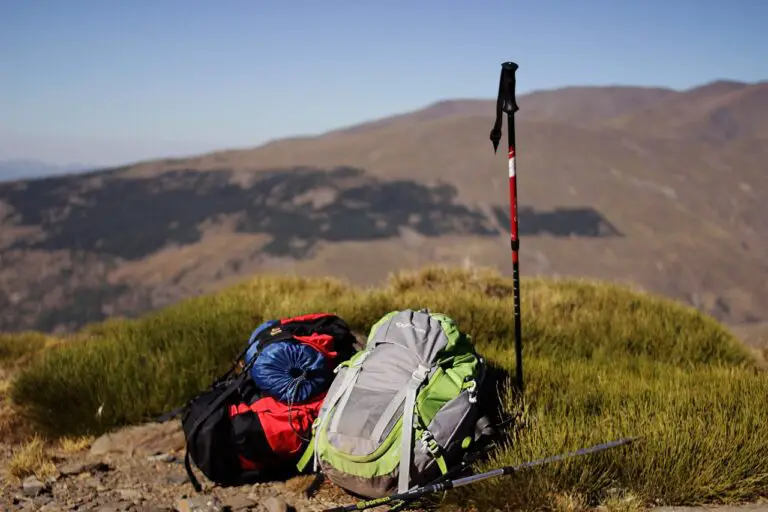Are Sandals Good For Hiking? A Field-Tested Answer
If you’re walking around on a hot summer day, sandals are often the best footwear option you can get. They keep your feet from getting hot and sweaty. But are they good for hiking?
Sandals are appropriate for hiking in warm weather on moderate, non-technical terrain, especially if the path includes walking in water. They’re less suitable for more challenging trail conditions and for trekking with a lot of weight.
In this post, we’ll discuss when sandals are suitable for hiking, my personal recommendations for hiking sandals, and more.
Are sandals suitable for hiking?
Sandals are suitable for hiking if the trail conditions are comfortable and the weather is warm. They’re great for trips that include a lot of water but aren’t good for hikes in cold weather and for rough and technical trails.
While you do see a lot of people wearing sandals on trails, especially in hot weather, most of them also carry a pair of closed shoes. A lot of hikers switch between sandals and hiking shoes, using the specific footwear they need depending on the trail conditions.
Most hikers use sandals for water crossings and to let their legs breathe from time to time, but quickly switch back to shoes when trail conditions get tough.
In my opinion, this is a perfect balance – having both shoes and sandals makes you versatile. But I did complete a few trails only wearing sandals, and so I think that in some conditions they’re appropriate.
Sandals might be appealing as hiking footwear, but we should consider their pros and cons, so we can discuss when you choose to use them.
Advantages of sandals for hiking
Good for water
Most sandals are suitable for walking in water, so they’re great for water crossing and for swimming in lakes around the trail. Since they’re open, water evaporates quicker for sandals than for shoes, making them dry faster.
Trails that involve walking in water, inside streams and ponds, are fun and refreshing, especially if you hike in hot weather. Sandals are great for that.
Lightweight
Sandals have less material than other types of footwear, making them very lightweight.
A standard sandal can weigh around 1bs, while many options (typically thinner sandals) weigh less than 1 lb. Compared with 2-3 lbs of standard hiking boots, sandals are very light.
Light footwear makes walking much easier and less restrictive. You can definitely feel the difference with every pound added to your feet, so walking with light sandals feel much easier than with heavy boots.
Your feet can breathe
Breathability is really important with hiking footwear. With sandals, your feet are basically out in the air, so water can sweat can easily evaporate. This means that your legs will breathe much better when you wear sandals.
Moisture increases the chances of blisters when you hike, which can make walking very uncomfortable. It’s one of the more common hiking “injuries”. With breathable footwear like sandals, you’re way less likely to suffer from blisters.
Breathable footwear also feels much nicer to hike with. Boots often feel “hot” when you hike because your legs can’t breathe. Think about what it feels like when you take your shoes off after a long day away from home – the uncomfortable feeling you had during the day was caused because your feet couldn’t breathe.
Breathable footwear is especially important when hiking in hot weather, where you tend to sweat more, and the risk of blisters is higher. That’s why sandals are a good option for hiking in hot weather.
Disadvantages of sandals for hiking
Exposed feet
Wearing sandals, your feet are basically out in the open. The main drawback of this is that your feet are exposed to the outside and that the sandals don’t provide any protection.
This means that in tough hiking conditions, like when hiking on rocks, your feet are exposed to them. A rock that accidentally falls on your leg can cause an injury and a lot of pain.
With sandals, you’re also exposed to outside sharp objects that may be on the ground, like sticks and sharp stones.
Having exposed feet on a rough trail is less than ideal, and that’s why sandals are generally considered unsuitable for these kinds of technical hikes.
Friction burns
Sandals attach themselves to your feet using some set of straps, typically adjustable. When sand and moisture are captured between your feet and the straps, it can cause friction burns that are very uncomfortable to walk with.
This usually happens when you walk on sand or dirt, after going in the water, or sweating a lot. Sand is captured because of the moisture, and the straps basically become sandpaper.
Friction burns are really uncomfortable to hike with, they really hurt, and become worse as you keep walking.
While uncomfortable, friction burns are uncommon when you keep your feet clean during the hike and avoid sand. Some also minimize friction burns by hiking with sandals with socks, though this might seem a bit dorky.
Traction
Sandals soles are typically very flat, meaning they have much less traction with the ground than hiking-specific shoes. This means that hiking with sandals you’ll have a harder time hiking on an incline, especially if the trail conditions are rough.
When you hike on big rocks, for example, you need every bit of traction you can get. Sandals are less suitable for these kinds of treks.
Some models do have better traction than others, typically marketed as “hiking sandals”. They’re still less ideal for these kinds of hikes than actual hiking shoes.
Best sandals for hiking
I personally tried a few sandals for hiking and felt how different models look and feel. Good sandals aren’t cheap, but in my opinion, they’re worth it – they last many years, and you’ll have a better time wearing them.
I have flat feet, so I usually invest a bit more in footwear and need orthopedically friendly sandal models for them to be comfortable in the long run.
The current sandals I use for hiking are Source Gobi (read my hands-on review here). I’m a fan of Source sandals, mainly because of how durable and comfortable they are. I love how well they hold and secure your feet. Source Gobi feels padded and durable, and they’re very comfortable to wear, which is why I recommend them.
People I consulted with recommended other Source models as well. I also heard recommendations for Chacos and Tevas as proper hiking sandals, but haven’t personally tested them.
Conclusions
Sandals can be good for hiking on shorter and more comfortable trails. They’re great for water-crossing, and they really let your feet breathe.
They’re less suitable for rough hikes, carrying a lot of gear, and for cold weather hikes.
I do think that on rough hikes you can bring a pair of good-quality sandals and a pair of hiking boots, and switch between the two when necessary. Use the sandals for water crossing and to let your feet breathe, and the boots for more technical parts of the trail. In my opinion, it is the best balance.

